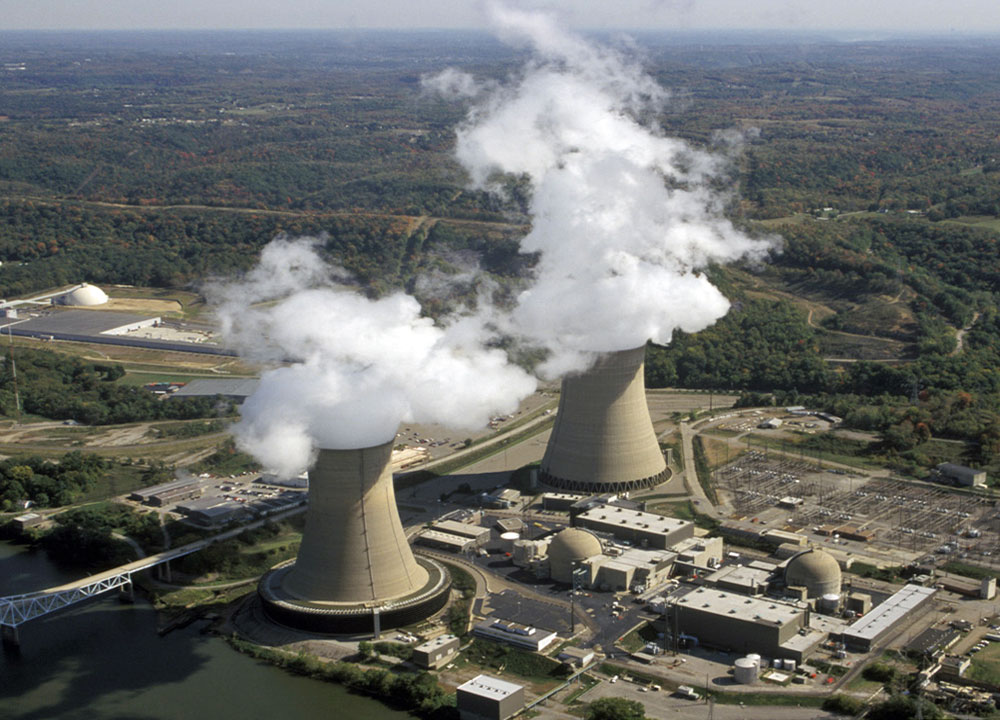For more information contact
Thomas Au, Conservation Chair
Sierra Club PA Chapter
717.234.7445
thomxau@gmail.com
Today, the Environmental Protection Agency and US Army Corps
of Engineers proposed a new federal rule that would protect streams and
wetlands from pollution throughout the US, including those in the Susquehanna
River basin. The rule will help to protect the drinking water for millions of
Americans, preserve fish and wildlife habitat, and reduce the risk of flooding.
The Sierra Club applauds the Obama
administration for this effort to restore a common-sense approach to protecting
our nation's lakes, rivers and streams. Clean water is an undeniable necessity
for the health of our families, our environment, and our economy—not to mention
our enjoyment. The Environmental Protection Agency and U.S. Army Corps of
Engineers have recognized that ensuring the protection of water bodies upstream
is vital to keeping pollution out of our waters downstream.
To protect Americans' drinking water,
health, and recreation opportunities, Congress passed the Clean Water
Act in 1972. But, due to conflicting Supreme Court decisions during the past
decade, there has been confusion over which streams and wetlands are covered,
undermining efforts to protect streams which feed into the public drinking
water systems.
“With this rule, everyone—including those wishing to develop
in and around these waters—will have a clearer picture of what they can and
can’t do under the law,” says Thomas Au, Conservation Chair for the
Pennsylvania Sierra Club. "The rule will help everyone comply with the
Clean Water Act."
The proposed rule, subject to public comment, would make
clear which "waters" will be covered by the Act’s pollution
prevention and cleanup programs and protect those waters that have important
effects on downstream creeks and the Susquehanna River. "Today's rule will implement the goals of
the Clean Water Act.
We look forward to seeing a strong rule finalized quickly," stated
Mr. Au.
###



